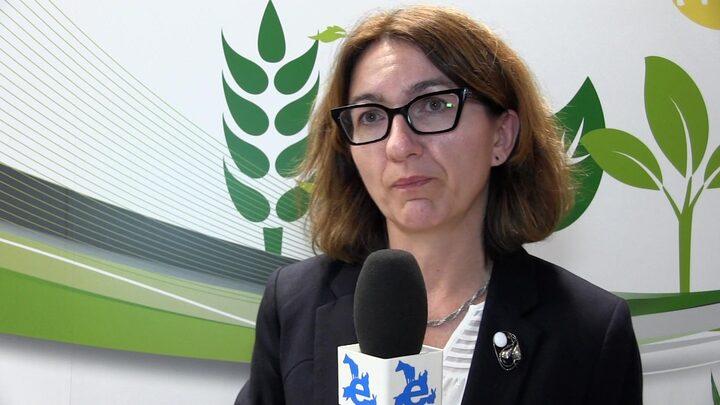Prolapse in commercial layers
Prolapse in commercial layers
Could anybody suggest me a medicine for prolapse problem in deep litter of bovans breed which are in 23 week and the weigtht is 1.500kg of bovans breed kindly suggest me the lighting program. I am incurring daily mortality of 5 birds per day. Please help me.
Chandra Sekhar
What is your opinion about preventing, ascending colibacillosis, with E-Coli vaccines in the recrias?
Weights and feed are very important. Underweight birds may produce eggs that big as a result of overfeeding leading to large eggs that cause prolapse. Early photo stimulation can cause that again. Manage your weights as well as the nutrition content of the feed, that is protein and energy, they have a big effect on prolapse problems.
Hi Me-navid, at 28 months of age(112 weeks) and 80% production, your birds are doing well. They are still overweight but at this age, and the fact you are feeding more feed than required due to the increased body weight, you now have to ask yourself the question as to whether you should keep these birds in the production cycle, or should moult them and bring them back into production, or terminate the flock and start a new one. It will get to a point where your cost of production is going to surpass the returns you are getting from your egg production. If you decide to go the moulting route, be prepared you can have increased mortality, but your birds can be brought back into production, but at 28 months of age I really can't say how well they will produce.


Current market review and perspective of Florfenicol, Tilmicocin, vitamins and aminoacids
I found prolapse of white leg horn bird having body weight 1300 gm at 35 weeks of age. We added extra calcium & Vit AD3E through drinking water, additional phytase enzyme through feed, light about 15 hours daily. But the prolapse problem continues. What will be a better suggestion?
Prolapse in layers is of concern when birds are either underweight at time of changing from a growing ration to a prelay and then a laying ration. Birds that have a small frame due to underfeeding during the growing phase, and poor uniformity. Overcoming these factors means paying more attention to body weight and uniformity. A good guide is the management guide produced by the breed company you are buying your birds from. Weighing should be done weekly if possible, otherwise at least every two weeks with a representative sample collected, around 100 birds taken from the same areas each time. Now for your present flock. You said that your birds are 35 weeks of age and weighing 1300 grams. According to the management guide, your birds should be between 1500 to 1600 grams or slightly heavier which tells me your birds are underweight. Using a laying ration designed for heavier birds may not be suitable so you will need to talk to your nutritionist and get some suggestions. He may have to look at the amino acids and make adjustments to reduce egg size. Other than that there is not much more you can do unless you want to moult and bring back into production, but this is not always advisable unless you are either experienced in doing so, or the laws allow you to moult.

Very nice topic but we need correct information so that prolapse could be corrected. In the growing period, proper nutrition is required for body building. Body weight should be maintained as per age and photoperiod also be maintained.
There are some rules for beed.
So much a cause of loses in this area. Pullet growth monitoring is the rule of thumb to avert such a problem.
Uganda has quite a lot of this are farmers are left frustrated losing quite a number of birds.


























